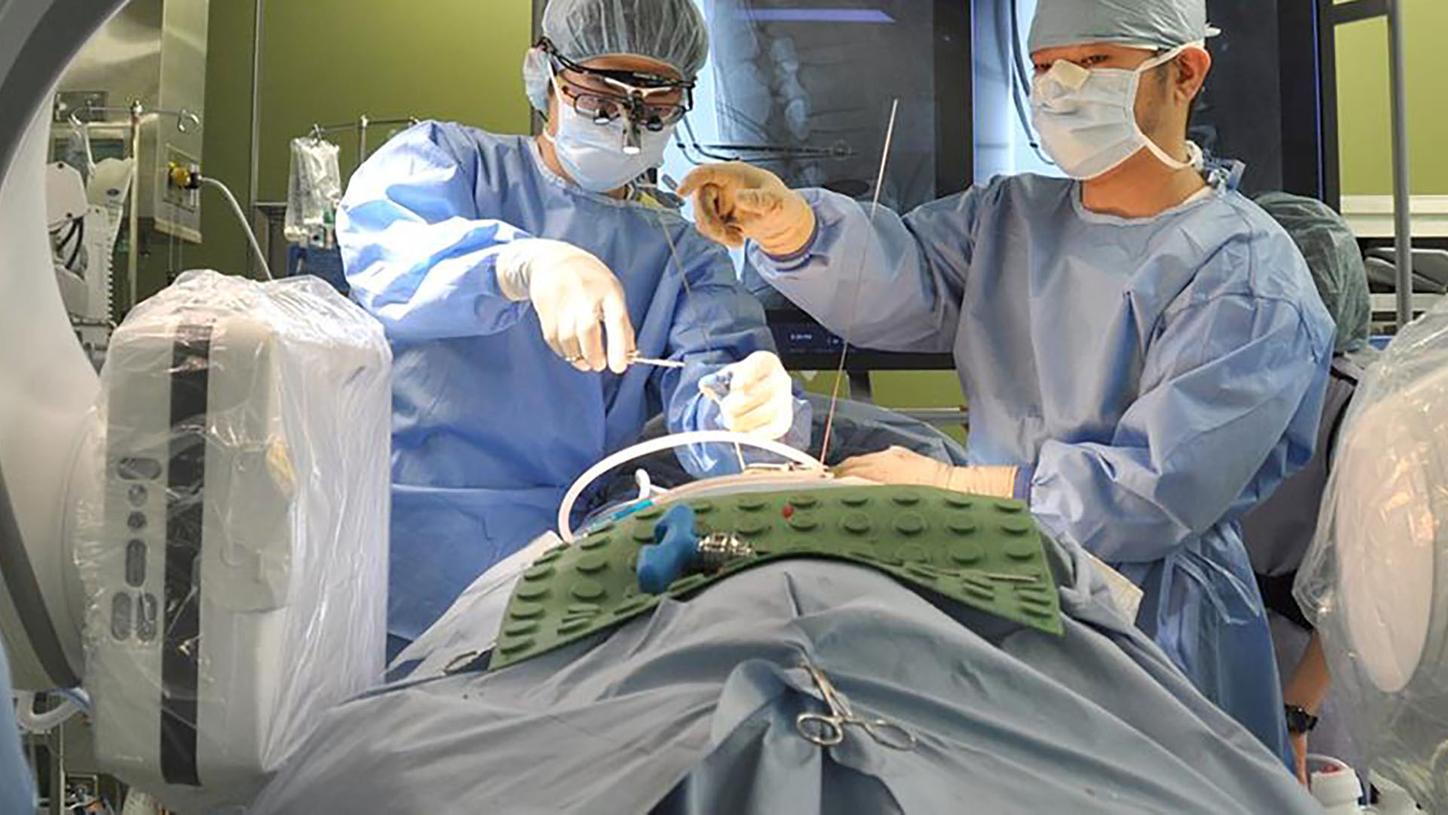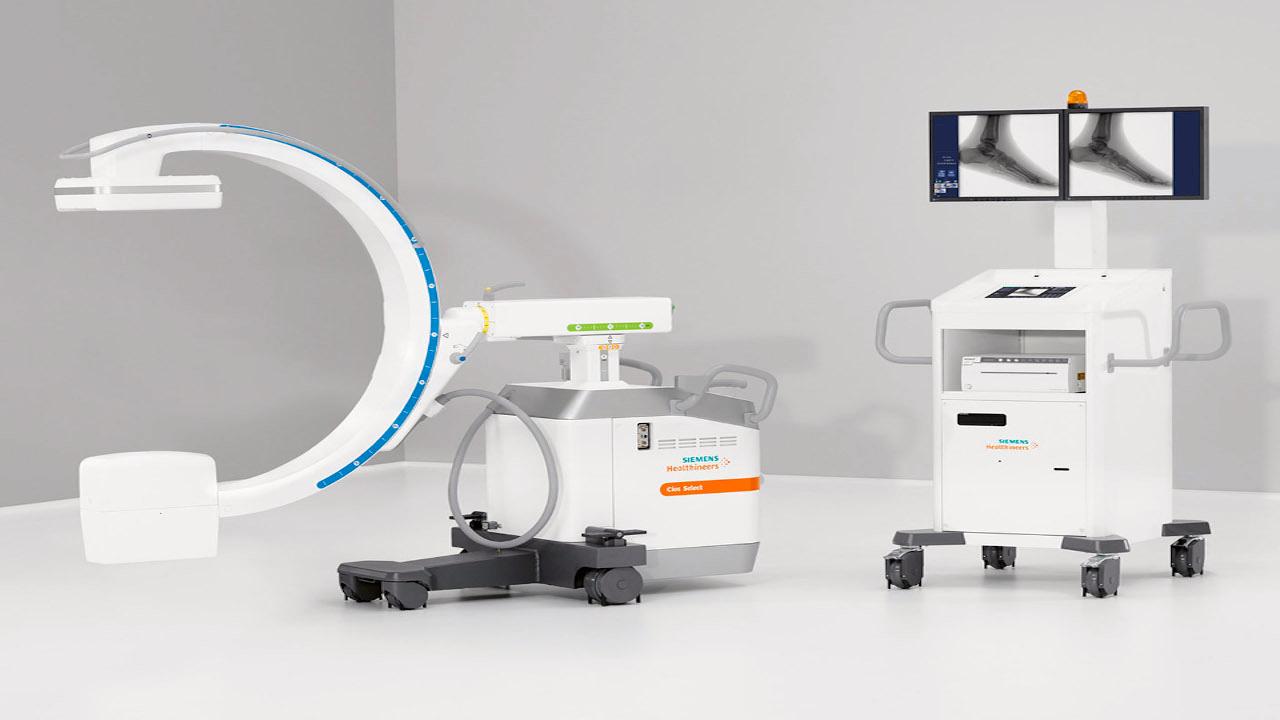Demand for spine surgery is steadily growing due to demographic and lifestyle changes in recent years. Patient-centered healthcare institutions are emphasizing minimally invasive spine surgery procedures that allow for better patient outcomes and shorter intervention times. While the smaller skin incisions compared to conventional open surgeries may reduce blood loss, surgeons cannot evaluate the progress of minimally invasive implantation based on eyesight alone. High-quality intraoperative imaging is therefore crucial for precise minimally invasive spine surgery.
Our imaging solutions provide accurate 2D and 3D visualization to optimally support you during image-guided spine surgery procedures. Combining intraoperative imaging with optical navigation can greatly boost surgical precision and help you reduce the radiation required for guidance even further.
Move like never before – meet CIARTIC Move
Discover a new class of self-driving mobile 3D C-arms.







